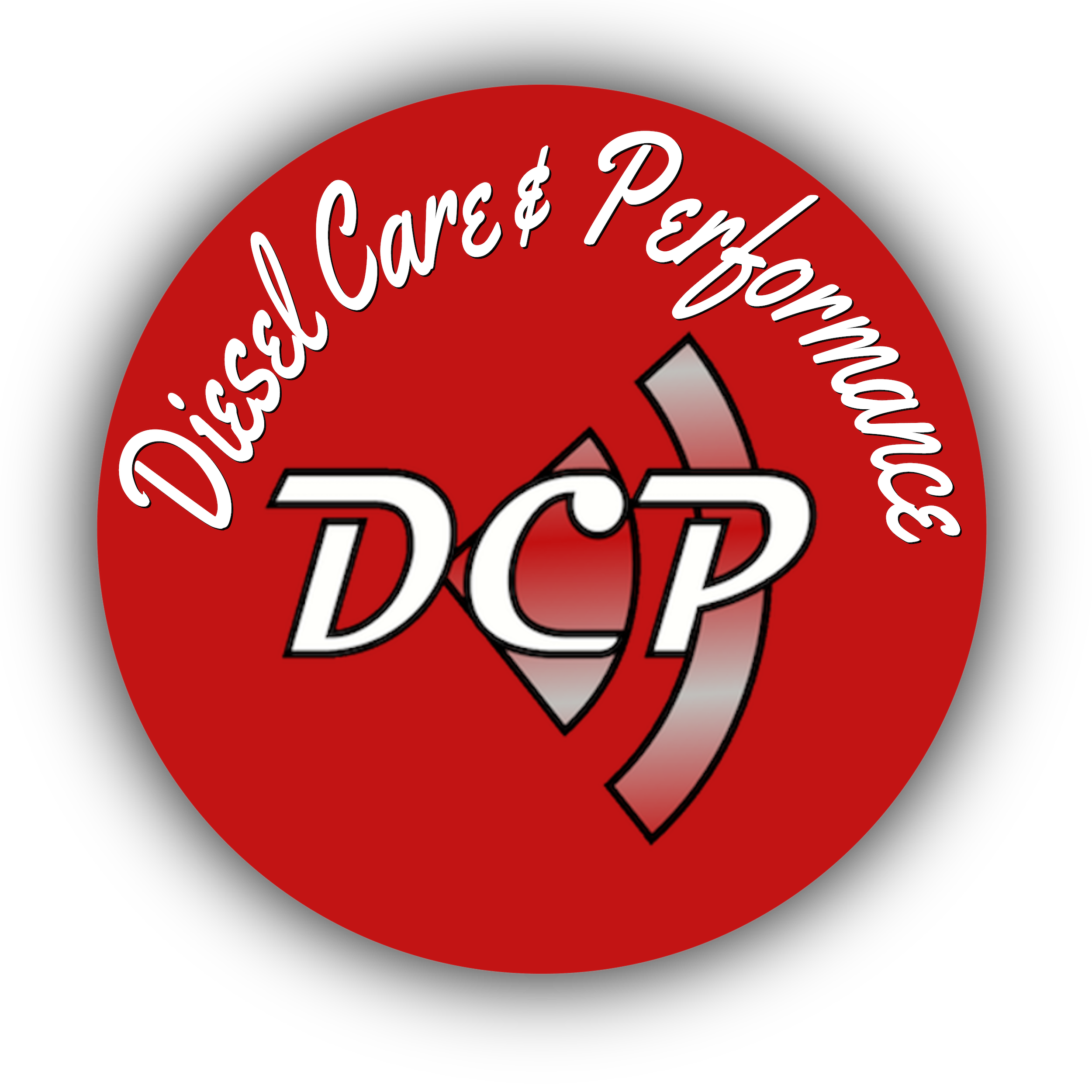Turbochargers are essential components in diesel engines, providing increased power and efficiency by forcing more air into the combustion chamber. However, like any mechanical system, turbochargers are prone to wear and potential issues over time. Properly diagnosing and troubleshooting these issues early can save you from costly repairs and keep your diesel engine running smoothly.
In this guide, we’ll walk you through common turbocharger problems, the symptoms you should look out for, and how to effectively troubleshoot them.
1. Common Turbocharger Issues
Understanding the types of problems that commonly affect turbochargers will help you spot potential issues early. Here are some of the most common turbocharger failures:
- Turbocharger Lag (Turbo Lag): This occurs when there is a delay in the turbocharger's response when you accelerate. The engine seems sluggish before the turbo kicks in.
- Turbocharger Whine: A high-pitched whine or siren-like noise often indicates a problem with the turbo. This could result from damaged bearings, worn seals, or airflow restrictions.
- Excessive Smoke from the Exhaust: Excessive black, blue, or white smoke from the exhaust may indicate that the turbocharger is failing. Black smoke indicates unburned fuel, blue smoke suggests oil is entering the combustion chamber, and white smoke indicates coolant is leaking.
- Oil Leaks: Turbochargers operate under high pressure and temperature. Over time, the seals may wear down, leading to oil leaks into the exhaust or intake systems, reducing turbo performance.
- Decreased Engine Performance: If your engine isn’t performing as well as it used to, or if there’s a significant drop in power, your turbocharger may be failing. You might notice your vehicle struggling to maintain speeds on inclines or taking longer to accelerate.
2. Step-by-Step Turbocharger Troubleshooting Guide
If you notice any of the symptoms listed above, follow these steps to diagnose and troubleshoot your turbocharger problems:
Step 1: Inspect for Visible Damage
Begin with a visual inspection of the turbocharger. Look for any signs of physical damage, including cracks, wear, or corrosion on the turbo housing. Also, check the compressor blades for signs of erosion or physical damage.
Step 2: Check for Oil Leaks
Inspect the oil lines leading to and from the turbocharger. Any oil leaks near the turbo suggest that seals may have failed. Check for signs of oil contamination in the turbocharger’s intake and exhaust system, as this can indicate that oil is being burned inside the engine.
Step 3: Listen for Unusual Noises
Start the engine and listen for unusual whistling, whining, or grinding sounds. These sounds typically indicate that the bearings or compressor are damaged or that there is a boost leak somewhere in the system.
Step 4: Inspect Turbo Hoses and Pipes
Check the turbocharger’s intercooler pipes and hoses for cracks, leaks, or loose connections. Any air leaks in the system can significantly impact the performance of the turbocharger, causing it to work harder and potentially fail.
Step 5: Test for Boost Pressure
Using a boost gauge, measure the pressure generated by the turbo. Compare the results to the manufacturer’s specifications. If the pressure is too low or too high, the turbocharger might not be functioning correctly, and further investigation into the wastegate and actuator is necessary.
Step 6: Scan for Diagnostic Trouble Codes
Use an OBD-II scanner to check for any stored trouble codes. Many modern diesel vehicles will log error codes related to the turbocharger, including boost pressure issues, airflow problems, or sensor malfunctions. An error code can point you in the right direction for further troubleshooting.
3. How to Prevent Turbocharger Failures
Maintaining a turbocharger is critical to preventing future failures. Here are some tips for extending the life of your turbocharger:
- Regular Oil Changes: Ensure you’re using high-quality, turbo-specific oil and changing it regularly. Dirty or low-quality oil can damage the turbocharger’s internal components.
- Cool Down the Turbo: After a long drive or heavy engine use, allow the engine to idle for a minute or two to cool down the turbocharger before shutting the engine off. This prevents heat soak and prolongs turbo life.
- Check and Replace Air Filters: A clogged or dirty air filter can reduce airflow to the turbocharger, increasing the risk of wear or failure.
- Avoid Overboosting: Avoid installing aftermarket parts that push the turbocharger beyond its designed specifications. Overboosting can lead to catastrophic failures.
4. When to Replace a Turbocharger
If your turbocharger exhibits multiple signs of failure, such as loud noises, excessive smoke, oil leaks, and loss of power, it may be time to replace it. Prolonging the use of a failing turbocharger can lead to more severe engine damage. When in doubt, consult a diesel technician for a professional diagnosis.
At Diesel Care and Performance, we offer high-quality replacement turbochargers and rebuild kits to get your engine back to peak performance. Visit our store to explore our range of turbochargers designed for various diesel engines.
Conclusion
Understanding and troubleshooting turbocharger issues can save you from costly repairs and keep your diesel engine performing at its best. By following the steps outlined in this guide and maintaining your turbocharger, you can ensure a longer lifespan for this critical engine component.
For more information, technical support, or product recommendations, visit our website or contact Diesel Care and Performance.
